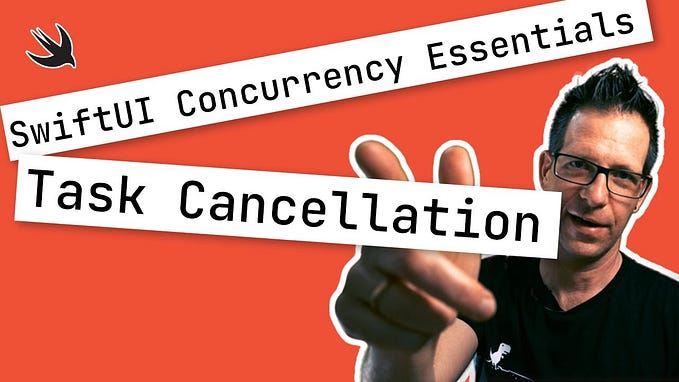Member-only story
Clean Architecture Layers for iOS Swift Apps
The Common Layers, Interpreted for iOS

Here’s an overview of the main layers commonly found in Clean Architecture when coding iOS apps in Swift.
The Clean Architecture
In the clean architecture each layer has its own specific responsibilities, ensuring separation of concerns and better testability than other architectures.
In a typical Clean Architecture for iOS (or any other platform), there are several layers that are part of a multi-layered system that combine to create an app.
The Dependency rule
According to Uncle Bob, the key to this that source code dependencies can only point inwards on the diagram above. That means a view controller knows and calls a view model, but a view model cannot know anything about a view controller in the world of iOS.
1. Presentation Layer (UI Layer)
Responsibilities
This layer is responsible for displaying data to the user and handling user interactions. It includes Views, ViewModels, and Controllers (e.g., in MVVM, MVC, or VIPER patterns).




